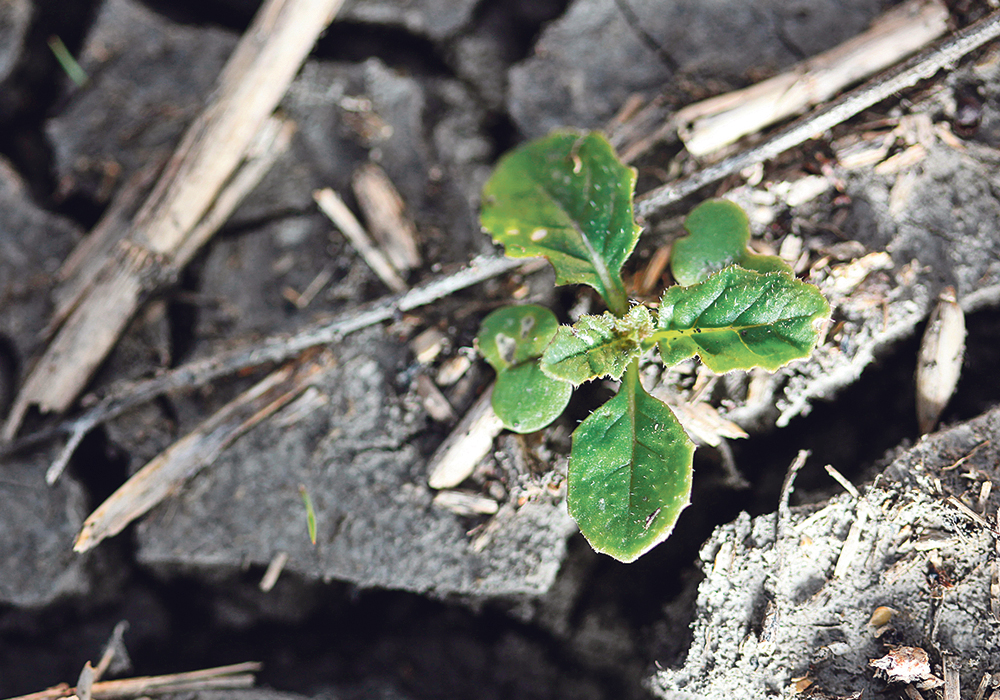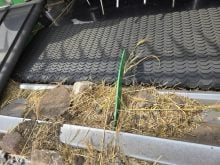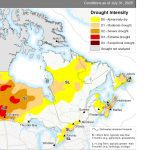The war on these plants starts by reducing harvest losses and then taking steps to exterminate the ones that get away
LACOMBE, Alta. — Volunteer canola plants rear their little, yellow heads every year.
The unwanted plants trace back to seed losses at harvest time. Once they hit the ground they can persist for at least four years, said researcher Rob Gulden of the University of Manitoba.
“A lot of the research goes back to understanding where the harvest loss came from,” he said at the annual Canolapalooza held at Lacombe.
When seeds fly out the back end of the combine, they land in the field waiting for the right conditions to germinate and regrow. Research indicates a loss of three bushels per acre is not uncommon.
Read Also

Dry bean seeded acreage in Manitoba hits 20-year high
Dry bean acreage across all types reached around 207,000 acres in 2025, representing a significant increase from last year’s 182,000 acres.
Gulden has spent 20 years looking at volunteer canola and Europeans were researching volunteer plants from winter oilseed rape in the early 1990s.
“They are the ones who identified you could induce the seed into a secondary dormancy and the seed could play a role in persistence,” he said.
His work measures harvest loss due to shatter, pod drop and whatever the environment influences are when the crop is standing, in swaths or when it is combined.
If the seeds germinate in the fall after harvest they can be killed. If they take in water in the fall they are no longer frost tolerant and will die over winter.
“If it stays bone dry, it will persist no matter how cold the winter gets,” he said.
Birds and livestock may eat and pass the seeds and they are still viable.
Winter survival can be reduced with a light tillage or harrow pass to increase soil and seed contact after harvest so it will germinate and winterkill. Farmers can grow a competitive crop the following year and early scouting of fields is advised. The plants are likely to show up in mid-season.
Surveys across the Prairies show harvest loss varies from one operation to the next.
Farmers can minimize losses by monitoring and properly setting combines, but it is a good idea to attach a metal pan at the back of the machine to capture losses, said Shawn Senko, an agronomist with the Canola Council of Canada.
The lost seed can be weighed on a kitchen scale or measured in a used cattle syringe to calculate volume. The app, agrimetrixapps.com, can calculate the seed amount, size of combine and other environmental factors to indicate how much has been lost.
“The idea is to measure so you know how much you are throwing out the back of your combine,” he said.
From there the combine can be adjusted.
If an average three bushels per acre is lost, that is an economic hit as well as the potential to add to next year’s weed problem.
“One bushel is 50 pounds and even if your combine is set really well, that is a lot of seed you are putting out the back, “ said Senko.


















